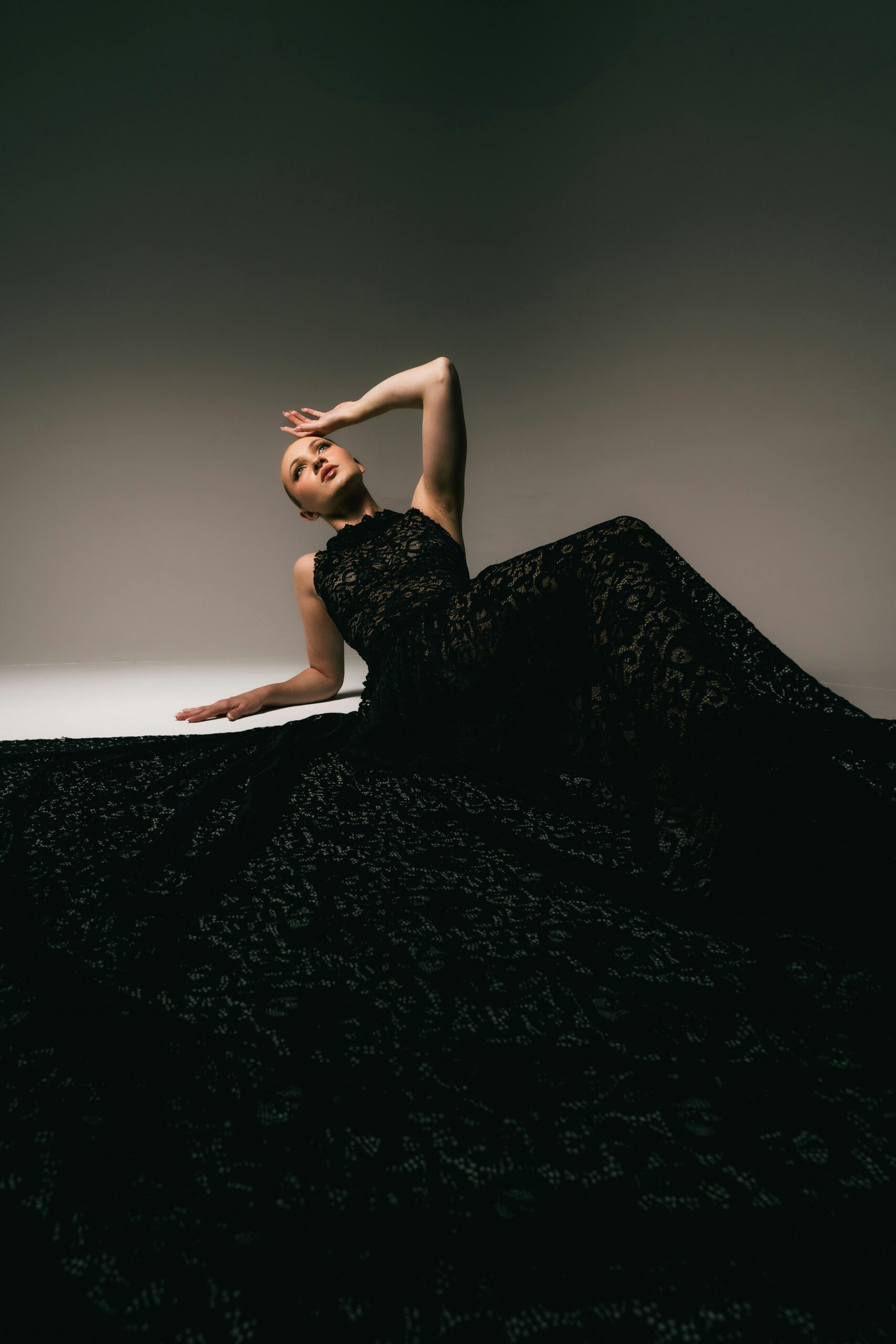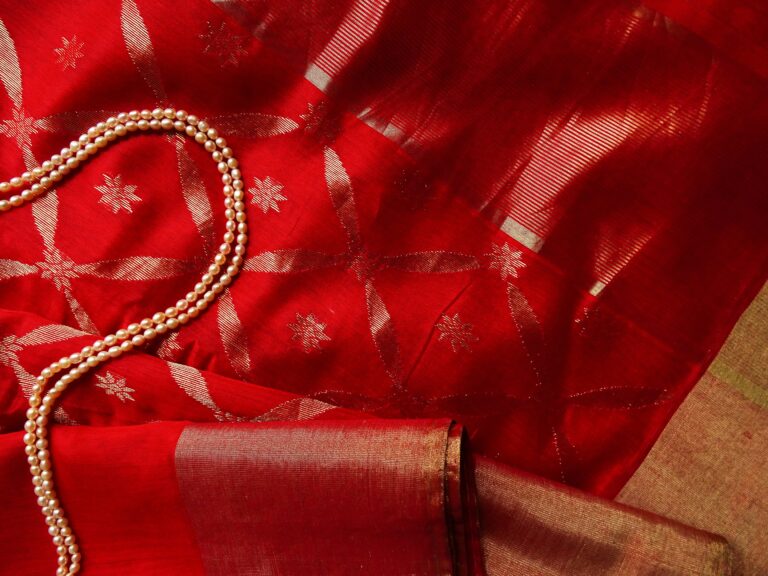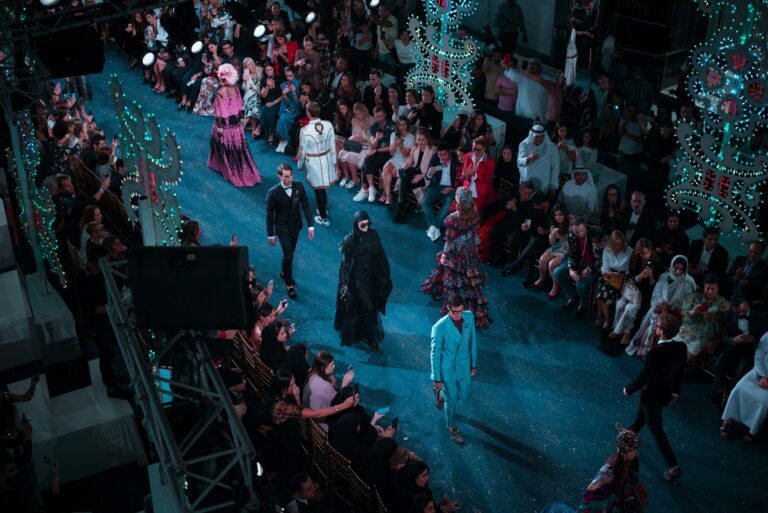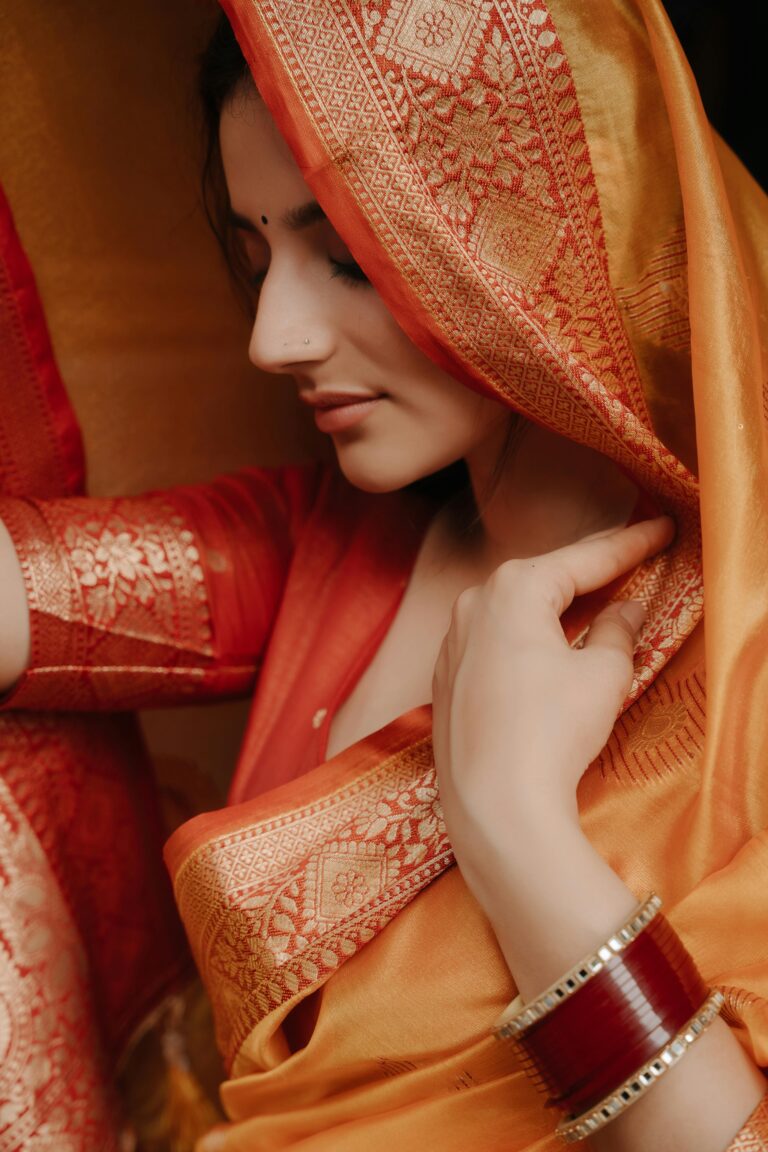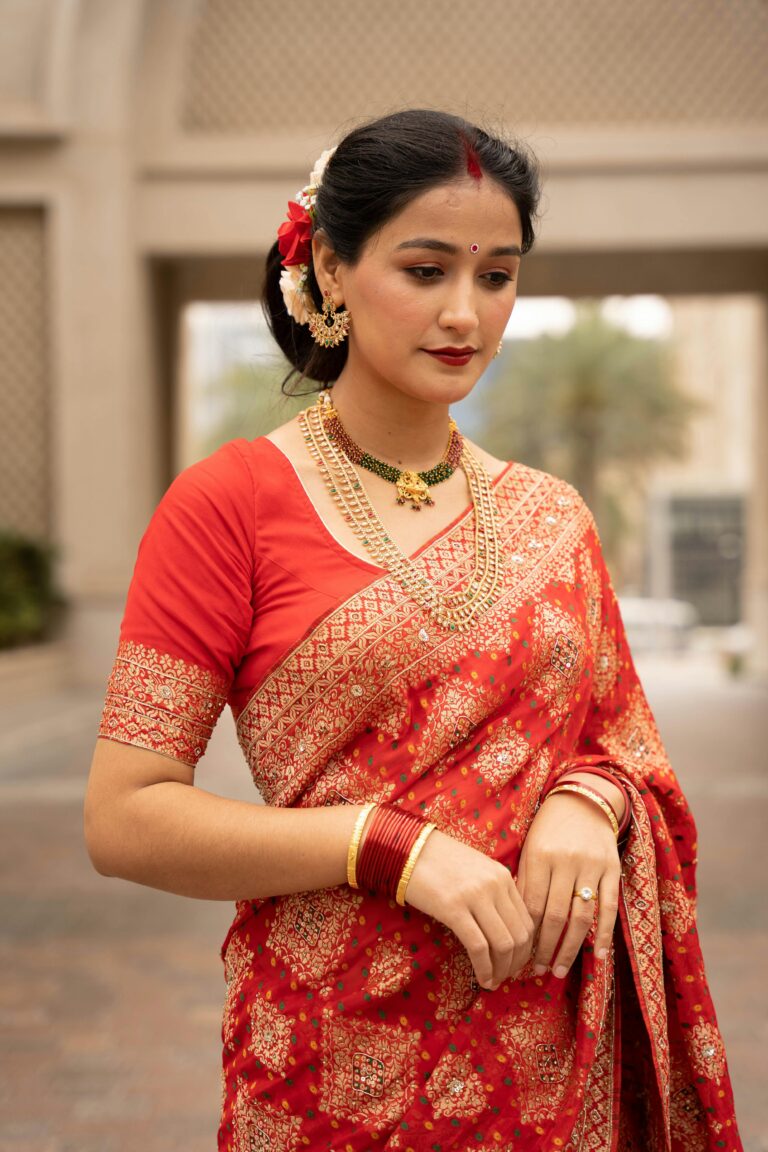Why the World Keep Choosing Black
Why does everyone talk about black, yet no one ever really wears it the same way? Black is the absence of color, and that absence is its seduction. It is a paradox: the void that became the most powerful and enduring presence in the modern wardrobe. It is the color of emotional protection, mystery, and sophistication. No other color behaves like it. It does not project a single mood; it absorbs, magnifies, and intensifies the intent of the wearer. Its meaning shifts with context, silhouette, and soul.
Black had a history long before fashion claimed it. Its first language was spoken by the mourner, the priest, and the revolutionary. The unifying thread is its understated presence.
The mourner uses black to signal a retreat from the flashiness of life. The priest wears it as an act of renunciation from worldly distractions and pleasures, so the focus is on his words, not his clothes. And the revolutionary dons it as a stark, fearless break from the mainstream.
This reached its apex in the Victorian era, a time of codified grief where mourning turned into performance: flashiness in the name of the unflashy.
Then came the designers, who performed a kind of cultural alchemy. Coco Chanel saw women tied to black in grief, made to satisfy the public gaze, and turned to make it something pleasurable for the wearer. With the Little Black Dress, she stripped away ornamentation, rejected uncomfortable corsets, and introduced simple, minimalist lines. She took the color of widows and servants and made it chic, democratic, and desirable. A symbol of a new, modern social freedom.
Decades later, Japanese designers like Yohji Yamamoto and Rei Kawakubo staged another rebellion. Their black was intellectual, an “anti-fashion” statement. Inspired by the principles of wabi-sabi and ma, their designs were thoughtful, not for the objectification and commercial beauty.
This duality now defines the modern wardrobe. On one hand, black is the unofficial uniform of the creative elite: editors, architects, artists. It signals authority while offering protection. It allows one to be mysterious, to conceal vulnerability, so people can’t guess your emotions through colour.
On the other hand, black remains the banner of rebellion. For the goth, the punk, and the modern feminist, it is a visible rejection of mainstream expectations of cheerfulness and gender norms, a refusal to perform conventional beauty.
And yet, for centuries, the Indian closet largely resisted this global code. In a culture where colors carry symbolism of joy, auspiciousness, and prosperity, black stood as their opposite. It was believed to absorb energy rather than radiate it, making it unsuitable for joyous ceremonies.
But a quiet, significant cultural shift is underway. Black has become the new language of urban cool, worn by those who shape trends rather than follow them. The rise of black in urban India tells of a new hybrid identity, blending the stark chic of global modernity with heirloom jewelry and kurtas.
Ultimately, we wear black for how it makes us feel. Psychologically, it projects authority and control. It doesn’t demand attention in the way other colors do. And in a time of constant competition for attention, what doesn’t ask for it, commands it. It streamlines not just the body, but the mind.
Black is a paradox. It holds both grief and glamour, conformity and rebellion. What allows it to be all of these at once is its emptiness. Its absence of light allows it to act as an infinite void, a blank canvas that serves whatever meaning we pour into it.
Perhaps, then, black is not an absence of color at all. It is a deliberate act of removal, a clearing of the slate. It strips away distraction until only truth remains visible. It is not emptiness. It is focus.
